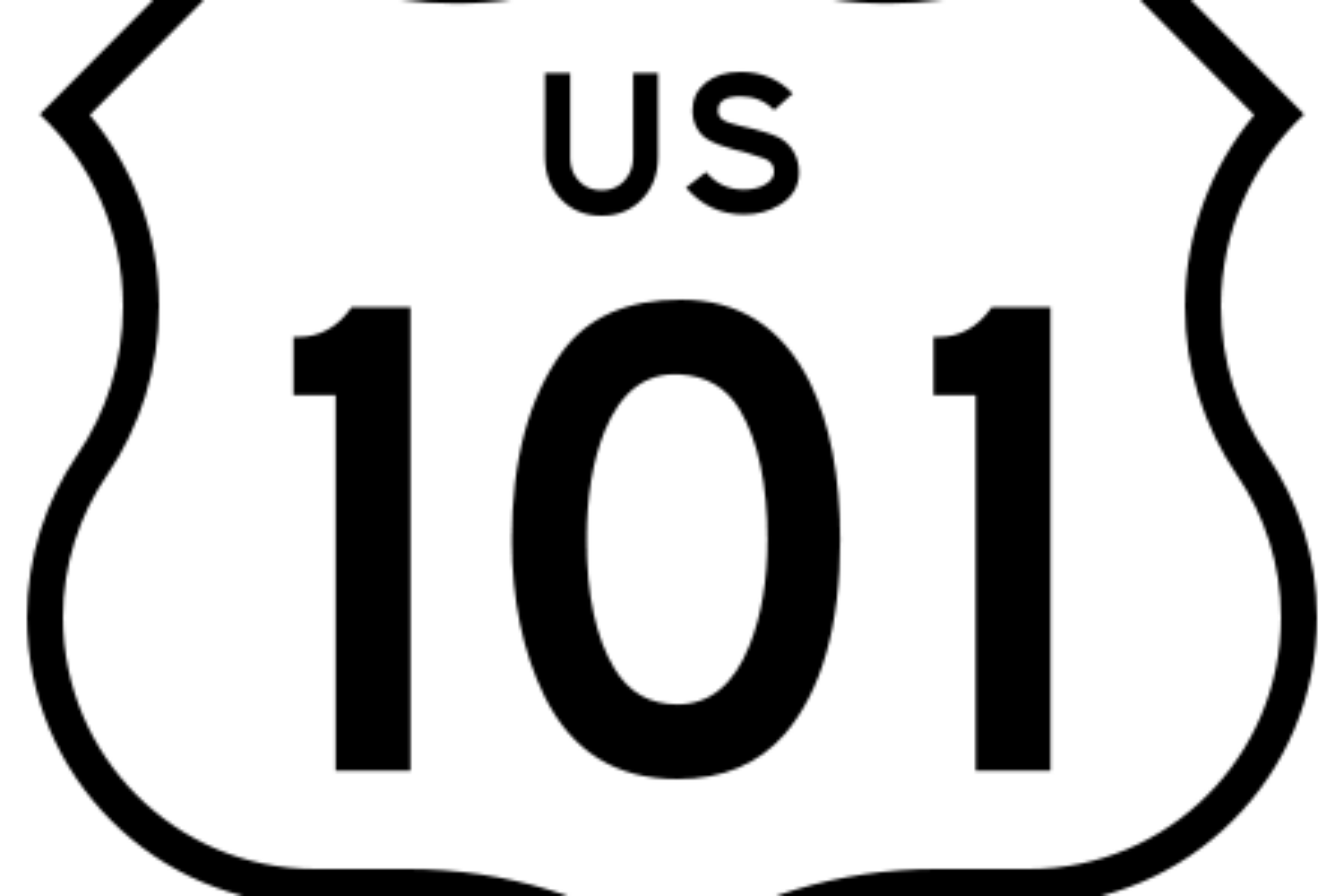
Based on my experience gained in thousands of speech evaluations throughout my professional career as a public speaking coach and as a member of Toastmasters International, here are 101 tips that will help you spice up your speeches and presentations both on the content and delivery side.
Please feel free to add more tips using the comment function below.
Enjoy!
- Incorporate dialogs with clients, friends, parents, etc into your speech.
- You could use a quote for your first sentence.
- You could use a polemic phrase for your first sentence. Example: “In this company we will all drown… in a sea of success.”
- You could use one key word to kick off your speech: “Freedom… Are we really free?”
- You could use a question to open your presentation. Example: “Who of you guys have been to Copenhagen?”
- You could use a personal anecdote to start your speech. Example: “14 years ago, I experienced the best year of my life.”
- Have fun with the alpha dog in your audience. Example: “Tom Cruise and I – we both are religious people.”
- Use self-deprecation, make fun of yourself and your culture.
- Exaggerate. A lot.
- Replace the third word of well-known triples. Example: “Friends, Romans, Geeks!”
- Make references to other speakers at the event.
- Fool around with the last row guys. Example: “Can the last row please stand up for a second?”
- Make friends with some other event participants and build bridges of sympathy during your presentation by mentioning them.
- Start one-to-one dialog with individuals from your audience.
- Try not to be the first speaker. You wouldn’t be able to make references to other speakers.
- Passionize your content using your own hobbies. Example: “KPMG is a football team.”
- When you use a quote, show a full-screen image of the author.
- Use quotes also by not generally known people.
- Tell your audience something new.
- Have a message!
- Use descriptive language.
- Always define Conor Neill‘s Point X: After listening to my speech the audience will ___________ !
- Touch all five senses of your audience. Example: “It smelled like freshly ground coffee.”
- Build in cliffhangers.
- Use metaphors to make your points more visual and memorable. Example: “Our corporate history of the last 10 years is like a child growing up.”
- Say something in your own language or local dialect.
- Repeat a key word three times. Example: “Perseverance, perseverance, perseverance.”
- Use alliterations. Example: “Veni, vidi, vici!”
- Be different with onomatopoeia. Example: “Boom, boom, bang!”
- Enrich your speech with suspense and sudden turns.
- Ask questions. Example: “Who of you have lost a loved one?”
- Ask rhetorical questions. Example: “Is the Pope catholic?”
- No four-letter words on stage.
- Use the rhetorical device of paralipsis and don’t say what you say. Example: “I will not talk about the critical situation in Greece.”
- When you celebrate yourself, always add some “others say.” Example: “I’m efficient, my colleagues say.”
- It’s always great to recite some lines of a Shakespeare play.
- Personify things. Example: “The car turned into a roaring monster.”
- Incorporate some recent news into your speech.
- Stick to the rule of three. Example: “The new iPad 2 is slimmer, lighter, faster.”
- Do the official greeting stuff after your first striking paragraph.
- Never say “Sorry” on stage.
- Use a full-screen metaphorical image as your first slide.
- Share childhood stories.
- Use this structure – opening, A, B, C, closing.
- Connect the closing with the opening.
- When you pitch in front of investors, always start with the problem (that you will solve).
- Mention your greatest weakness.
- Mention the loss of a loved one.
- Share one of your big failures in life.
- Never say “Thank you” at the end of your speech.
- Ask colleagues for positive and constructive feedback. Example: “What could I have done better in my presentation?”
- Give positive and constructive feedback.
- Learn from TED speakers.
- “Speak and click” for smoother transitions in your slide presentations.
- Avoid three typical hand gestures: hand washing, praying, “Angela Merkel superglue” diamond
- Explain what you say with hand gestures.
- Close your eyes and share your vision.
- Avoid the aerobic penguin – no clapping of hands against your thighs.
- Use facial expressions to show emotions like happiness, disgust, anger, sadness, pride, …
- No hands in pockets.
- No hiding of hands behind your back.
- No scratching.
- If you have long hair, tie it.
- Never show your back to the audience.
- Define a central point on stage where you begin, end and pause sometimes.
- Always walk the stage horizontally, never vertically.
- Slow down when you walk the stage.
- Be aware of the meaning of certain gestures in certain cultures. Example: the British number two.
- Walk along the line of proximity (the closest distance to your audience without showing your back to someone.)
- Always stand up to speak.
- Throw sparkles of excitement at your audience.
- Be coherent in eye contact and content. Example: When you speak about Facebook and children look at some middle-aged women in the audience.
- Ignore questions and comments from the audience. They would kill your flow.
- If there is an interruption, repeat the last sentence.
- Don’t do a runner when you have finished. Wait for the moderator to shake hands.
- Make friends with the technical staff.
- Be the first to arrive in the morning and check your stage and technical infrastructure.
- Eliminate all barriers between you and the audience. Examples: tables, rows of empty chairs, lectern.
- Always wear a jacket.
- Avoid unnecessary use of technical equipment.
- Put a small table (IKEA Lack style) in one corner of the stage – for your water and your props.
- No notes.
- Test your mic in advance, not on stage. A typical terrible first sentence is, “Can you hear me?”
- Use mirrors to train your facial expressions. Jim Carrey said in a 1985 interview, “My best friend is the mirror.”
- When a cell phone rings, stop immediately and stare into that direction – smiling.
- Perform songs in Karaoke bars – while being sober.
- Sing on stage. Example: Remembering Dallas, the TV show, you could hum the famous melody.
- If you suffer from a blackout, make a long pause and think.
- When you start your speech, wait and smile at your audience until you have gained 100% of their attention.
- Stay and smile for 5 to 10 seconds after finishing your presentation.
- No giggling on stage. Giggling is poison for your authority.
- Enter the stage with a big fat smile.
- Smile more.
- Use visual aids/props to make your points more tangible and memorable. Example: Show a key and say how hard it is to open the gate to the first client.
- Always use at least one prop and never more than three.
- Speak to the last row (if you have no mic).
- Use many……………………… pauses.
- Speak slowly, speak fast – vary your pitch-rate.
- Don’t mumble, speak clearly.
- Express your emotions with your voice – anger, happiness, respect, …
- Speak much louder than you think you should.


Conor Neill
The best indicator of potential mastery of big things is mastery of small things. Master the small things.
olivia schofield
Florian, I’m a big fan of yours, I particularly loved your TED talk, albeit in Spanish! Two more for the list;
Use stories to transport your messages.
Be Yourself, you’re better than that than anybody else.
florian mueck (@the7minutestar)
thank you guys! your comments are much appreciated. btw, olivia, conor – conor, olivia! 😉
Maria Everding
Thank you, Florian. I appreciate your 101 Tips…
Maria Everding
Idris
Hey Corinne, It is a great book. If you plan to speak in front of people I really recommend you find it // Daniel
florian mueck
Great tweetip by @ZimmerJohn: “Never end with Q&A; rather, take Q&A before your ending. That way, you control the last thing that the audience hears.”
Zersel
Thanx Florian These tips really helped me a lot. Well, why shouldn’t u say thankyou at the end of your presentation ? You should always appreciate your audience at the end of your presentation 🙂
florian mueck
zersel, i just published a post on this issue… http://www.thesevenminutestar.com/leadership/no-thank-you – cheerio!